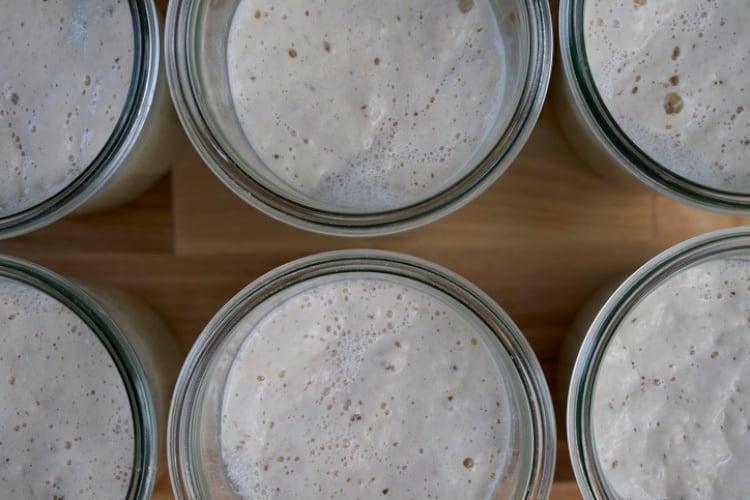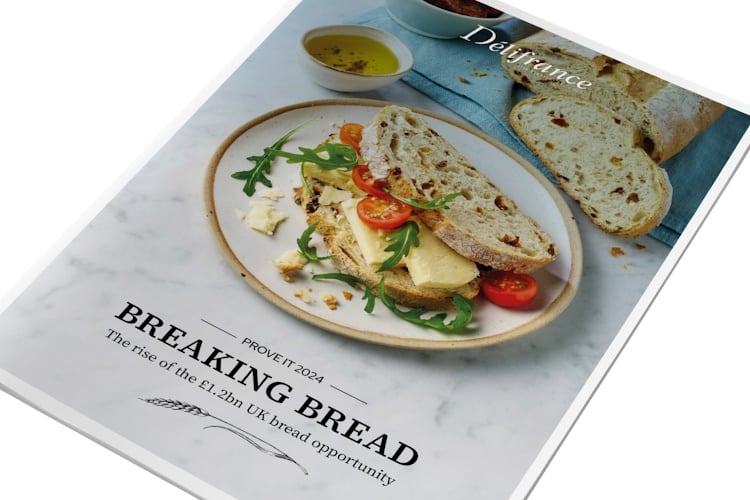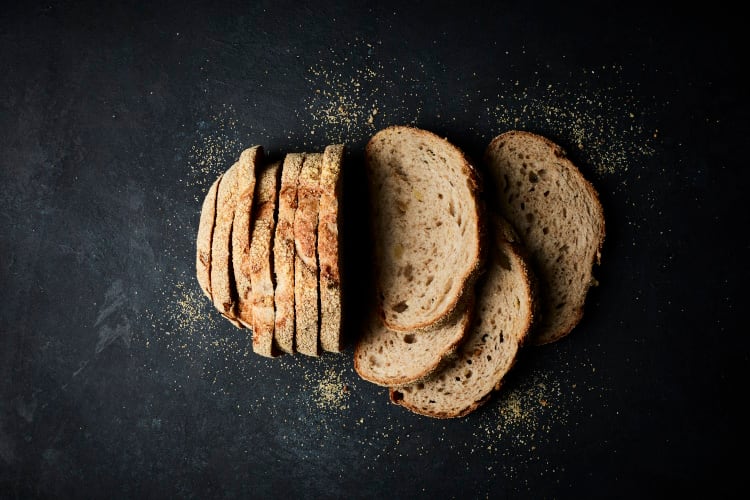Sourdough fermentation is an ancient leavening method that uses wild yeasts to produce carbon dioxide (which contribute to bread rise) and bacteria (which produce organic acids).
The practice involves the development, maintenance and use of the complex starter culture, which contains diverse and dynamic populations of bacteria and yeasts. These play an important role in the physical and chemical properties of fermentation and the final product.
Yes, the leavening agent (levain) is typically the same – made of flour and water, which hosts a stable blend of bacteria and wild yeasts – but at microscopic level, no two versions are exactly alike.
Each differs on its age, the type of flour its fed, how often its fed and where the yeast comes from. Each also has a unique level of activity, hydration and bacteria.
How does it work?
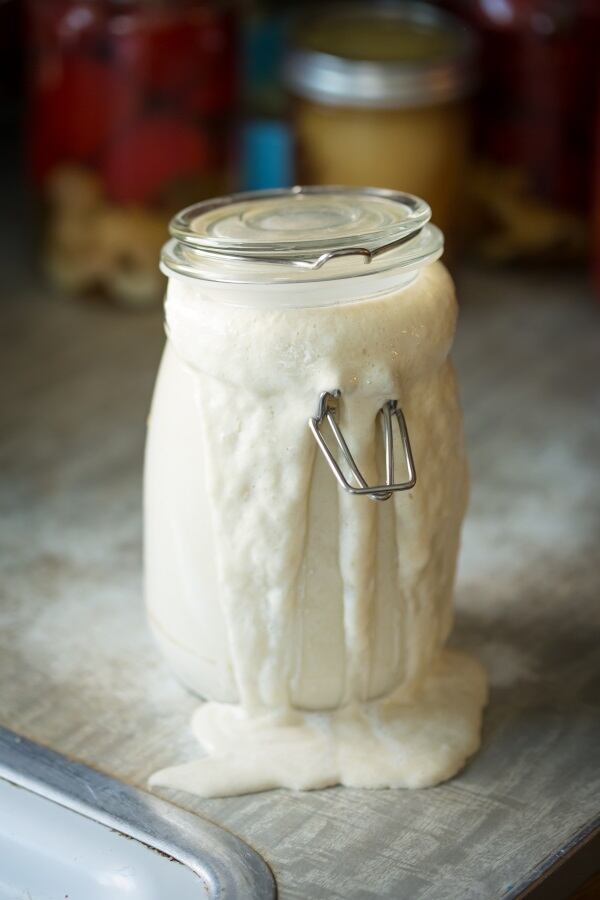
When flour and water mix, enzymes (amylases) in flour convert long starch molecules into simple sugars, providing the perfect fuel for microbial reproduction, the two most important being yeasts and lactic acid bacteria (LAB).
There are more than 1,500 known species of yeasts – the best known being Saccharomyces cerevisiae (common baker’s yeast).
Yeasts mainly contribute the leavening power of dough and to a lesser degree, to the flavor and aroma. [Read our report on the study that decodes the 10 key tastes and 11 odors of sourdough]. To reproduce, yeasts like S. cerevisiae convert simple carbs (sugars) to carbon dioxide and ethanol (a process called alcoholic fermentation). The production of CO2 creates gas bubbles in the dough, which when trapped in a well-developed gluten matrix, expand the dough. Yeasts continue to give off more CO2 during baking – expanding the bubbles even more – until they eventually die off in the heat. The result is an airy, spongy loaf.
Lactic acid bacteria (LAB) are much smaller than yeasts and found in decomposing plants, dairy products on the skins of fruits and veggies, even on a person’s fingers. Like certain yeasts, LAB digest simple carbs, but instead of the alcohol, LAB mostly produce sour lactic acid as a byproduct.
The production of lactic acid (as well as acetic acid) lowers the pH of the starter, which results in the characteristic sour flavor. The low pH also eliminates microbial ‘baddies’ like enterobacteria or Staphylococcus, giving sourdough its longer shelf life by inhibiting mold growth. LAB also releases protease enzymes that break down gluten over time, resulting in a softer, lighter texture.
To make the sourdough, the levain is added to a mix of flour and water (forming a preferment) and again left to ferment, which contributes additional byproducts of fermentation in the form of organic acids and alcohols – in other words, flavor. The preferment can also be used to skew the populations of LAB and wild yeast to change the taste and texture in the final dough.
Numerous studies have delved into the science of sourdough starters and found a myriad of factors contribute to its character – and ultimately, bread quality – ranging from microbial ecology to fermentation metabolism, competition among species, flour type, geography and other variables.
A more recent paper – published in the latest edition of Journal of Food Science – highlights the USDA-funded research of how different sourdough starters have different impacts on bread.
Charlene Van Buiten, an assistant professor in the Department of Food Science and Human Nutrition at Colorado State University, is collaborating with food scientist Josephine Wee (Pennsylvania State University) and microbial ecologist Benjamin Wolfe (Tufts University) to study the connections between different sourdough starter microbiomes.
According to Prof van Buiten, different combinations of bacteria and yeast will yield different health benefits, the most exciting one being the reduction in gluten.
Sourdough breads are more easily digestible for most people, with a greater bioavailability of nutrients, and are well-tolerated by those with certain sensitivities to commercial baker’s yeasts, sugars or other additives.
“Over my years as a celiac disease researcher, I’ve heard plenty of anecdotal stories from people who claim to have gluten sensitivities, but still eat sourdough,” said Prof Van Buiten.
“There currently isn’t any concrete data supporting this, but other researchers have identified microorganisms in sourdough starter cultures that are able to break down gluten to the extent that it doesn’t trigger an inflammatory response in gluten-sensitive individuals. What we don’t know is whether these effects can be observed outside of a laboratory in a setting that aligns more with industrial bread production.”
Prof Van Buiten’s study also focuses on how different groups of organisms can affect the bread’s quality, such as texture and color.
“We can see vastly different outcomes based on the starter culture that’s being used,” she said.
“If we can use this information to create products that are sustainable and successful and don’t have additives, I think this can have a really profound impact on the food industry and consumers alike.”
The history of breadmaking
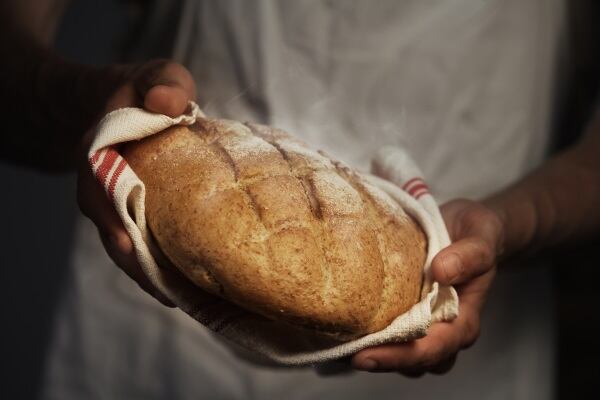
Breadmaking dates back nearly 14,400 years to Neolithic Asia and ancient civilizations from the 26th century BCE. All leavened bread was originally naturally leavened, but this changed with the industrialization of bread production.
Recently, naturally fermented sourdough bread has experienced a resurgence, thanks in part to the pandemic.
Commercial yeast has its merits – it works fast, it’s convenient, shelf stable and readily available – and sales of baking yeast skyrocketed 647.3% in March 2020 compared to the year prior, according to Nielsen.
But lockdown meant amateur bakers had the time to let the sourdough ferment, creating a greater appreciation of the time and dedication put into making a sourdough loaf. Although lockdown ended, the consumer’s love of sourdough didn’t and today, any baker worth his levain stocks a sourdough product or two.
A 2022 study by the Craft Bakers Association (CBA) found 64% of its members sold up to three sourdough products, with a further 10% planning to increase this. The survey also found 53% of bakers said the bread’s signature sour flavor was the most appealing factor, with many consumers perceiving sourdough to be healthier than normal bread. In fact, compared to commercially leavened variants, bread made with a true sourdough starter demonstrates various positive nutritional and sensory qualities. In a win for bakers, it also has a better shelf life than standard bread.
How can different sourdough starters impact health?
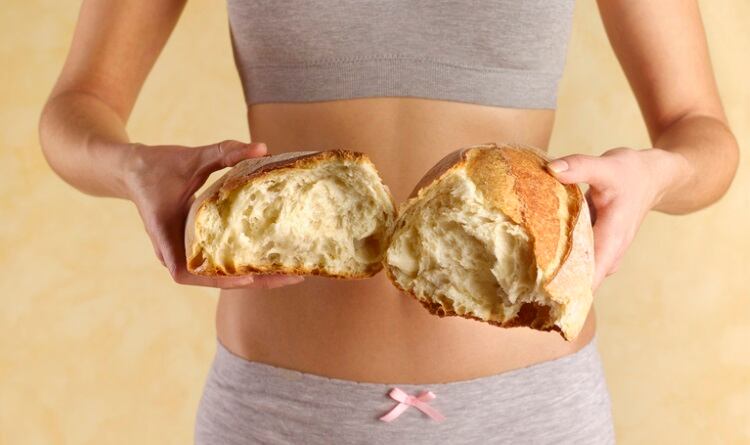
While studies have delved into the development of the sourdough starter culture, the fermentation metabolism, flavor formation, sensory outcome, the volatile profile and so forth, Prof Van Buiten’s team specifically wanted to understand of the relationship between sourdough starter microbiomes and bread quality parameters in order to open avenues of targeted development of sourdough bread products with specific physical and chemical properties.
The team used 20 different sourdough starters they had received from Tufts University to produce 60 loaves of wheat-based bread.
These were analyzed for chemical and physical properties (acidity, crust color, texture) and then compared to their microbial populations to identify the relationship. All samples were also compared to bread produced only with S. cerevisiae (baker's yeast).
Researchers saw ‘significant differences’ (p ≤ 0.05) in the pH, titratable acidity, loaf volume, crumb firmness, crust color, free amino acids and organic acids of sourdough compared to the yeast-only control. Furthermore, bacterial diversity of sourdough starter cultures was correlated with lactic acid and free amino acid in the dough and loaf volume and crumb firmness of baked breads.
Looking ahead
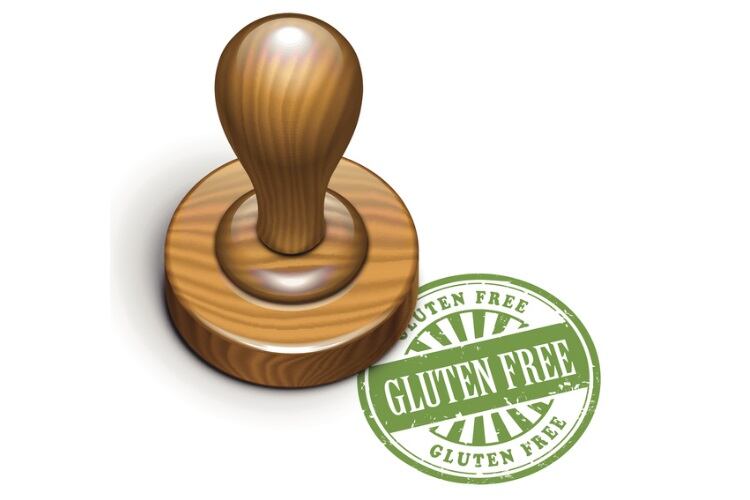
The study is ongoing and the next phase will look at whether certain starters will be able to break down gluten – something that could have big benefits for the estimated 7% of people around the world who suffer with an intolerance to this common bread protein.
Metabolomic analysis is being completed in collaboration with Colorado State University (CSU) as part of its Periodic Table of Food Initiative (PTFI). According to CSU, diet-related diseases account for one in five deaths around the world, while dominant farming practices compromize the health of the planet. The PFTI database is designed to capture and quantify the molecular content of food, which will revolutionize the agriculture, food and health sectors.
“Once in place, this publicly accessible database will be the greatest single knowledge asset in the history of food,” claims CSU.
Heading the metabolomic analysis is Jessica Prenni, a professor at CSU’s Department of Horticulture and Landscape Architecture.
“Our team looks at the molecular composition of the dough and bread and finds patterns and differences in the compositions that correlate with the specific bacteria in these sourdough starters,” said Prof Prenni.
“The idea is that we might be able to identify some specific health-promoting molecules that are generated through one culture and not another.
“Once we know how the mechanism works, we can start to intentionally design or engineer the sourdough starters to have the outcomes we want.”
One broken down and determined which combinations of bacteria and yeast are able to reduce gluten content, researchers like Prof Van Buiten and her team could help bakers and bakery manufacturers create products that will not only appeal to the growing cohort of people who believe sourdough is healthier, but also open further innovation in utilizing these ingredients to their advantage.
Studies:
Clark CS, Ohstrom A, Rolon ML, et al, Sourdough starter culture microbiomes influence physical and chemical properties of wheat bread. J Food Sci, 2024 Feb 8. doi: 10.1111/1750-3841.16957.
Calvert MD, Madden AA, Nichols LM, et al, Nutritional quality and nutrient bioaccessibility in sourdough bread. Current Opinion in Food Science, 2021. doi.org/10.1016/j.cofs.2021.02.007.


